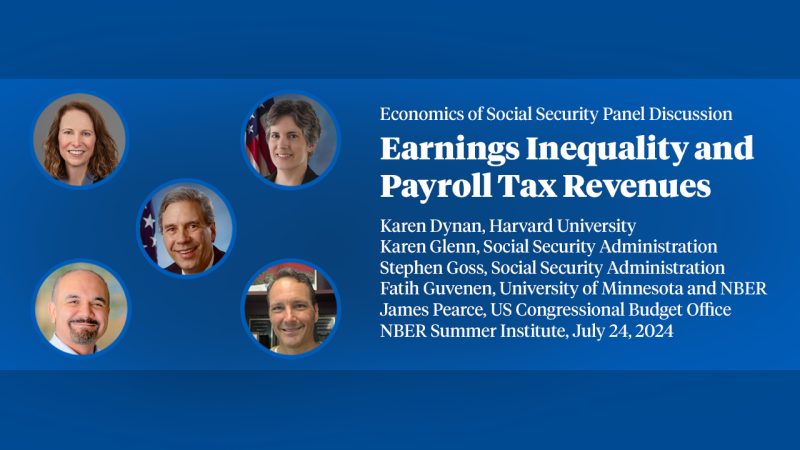Policy Options for the Drug Pricing Conundrum
Current proposals aimed at reducing U.S. pharmaceutical prices would have immediate benefits (particularly for low-income and elderly populations), but are likely to dramatically reduce firms’ investment in highly welfare-improving R&D. The U.S. subsidizes the worldwide pharmaceutical market: U.S. drug prices are more than 250% of those in other OECD countries. If each drug had a single international price across the highest-income OECD countries and total pharmaceutical firm profits were held fixed: U.S. prices would fall by half; every other country’s prices would increase (by 28 to over 300%); and R&D incentives would be maintained. We propose a potential lever for the U.S. government to influence worldwide drug pricing: access to the Medicare market.
Published Versions
Kate Ho & Ariel Pakes, 2025. "Policy options for the drug pricing conundrum," Proceedings of the National Academy of Sciences, Proceedings of the National Academy of Sciences, vol. 122(9), pages 2418540122-, March. citation courtesy of ![]()
Kate Ho & Ariel Pakes, 2025. "Policy options for the drug pricing conundrum," Proceedings of the National Academy of Sciences, vol 122(9).


